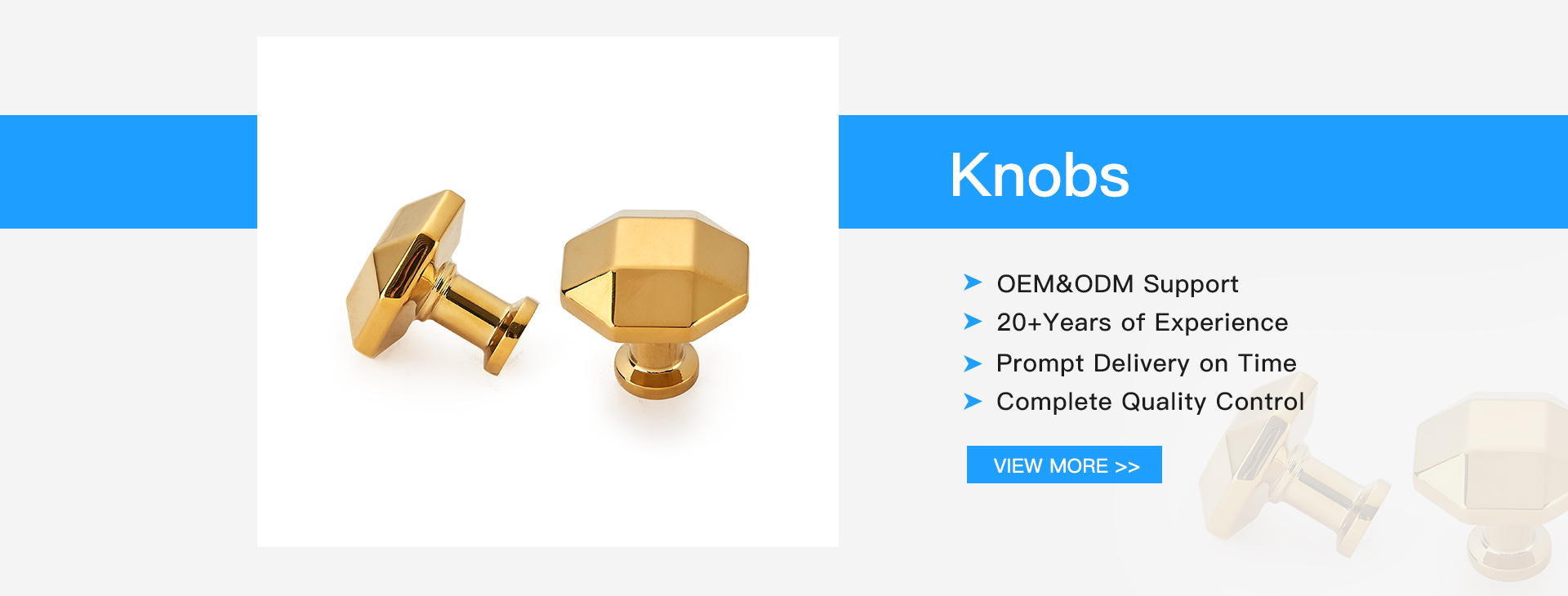There are three common construction techniques used in coil waterproofing: the thermal method, the cold method, and the mechanical fixation method. Additionally, there are four primary paving methods: full adhesion, loose-laid, strip adhesion, and point adhesion. The choice of method depends on the design requirements, material type, and specific site conditions.
The thermal construction method includes three variations:
- Hot Mastic Method: This traditional technique involves applying hot mastic while rolling the membrane into place. It is typically used for petroleum asphalt linoleum with three layers of felt and four layers of oil (or two felt and three oil). The hot mastic ensures a strong bond between layers, enhancing the waterproofing performance.
- Hot Melt Method: In this approach, a flame heater is used to melt the adhesive on the underside of the waterproof membrane, allowing it to adhere directly to the surface. This method is ideal for thermoplastic synthetic polymer membranes that require joint welding.
- Hot Air Welding: A hot air welding torch is used to heat the overlapping edges of the membrane, creating a strong bond. This method is commonly applied to thermoplastic synthetic polymer membranes where lap joints need to be sealed effectively.
The cold construction method also has three approaches:
- Cold Mastic Paste Method: This involves using factory-prepared cold asphalt cement to apply the membrane without heating. It is suitable for petroleum asphalt felt with three layers of felt and four layers of oil (or two felt and three oil).
- Cold Bonding Method: Adhesive is used to bond the membrane to the base layer and to adjacent membranes without any heating. This method is ideal for synthetic polymer membranes and high polymer modified asphalt membranes.
- Self-Adhesive Method: This technique uses membranes with built-in adhesive, eliminating the need for additional glue or heat. It is commonly used for self-adhesive synthetic polymer membranes and high polymer modified asphalt membranes.
The mechanical fixation method includes two main techniques:
- Mechanical Nailing Method: This involves securing the waterproof membrane using galvanized steel or copper nails. It is often used when laying high polymer modified asphalt membranes on wooden substrates.
- Embedding Method: In this method, the membrane is not fully bonded to the base layer but is instead embedded with pebbles or other materials. The lap joints and surrounding areas are fully adhered. This method is suitable for empty shop and inverted roof constructions.
Regarding the paving methods, each has its own advantages and disadvantages:
- Full Adhesion Method: Also known as the full-stick method, this traditional technique involves fully bonding the membrane to the base layer. It can be used with hot-melt, cold-bond, or self-adhesive methods. The advantage is improved waterproofing performance, especially for three-felt-four-oil membranes. However, if the base layer is too humid or deforms significantly, the waterproof layer may develop blisters or cracks. Best suited for small roof areas with minimal deformation and dry screeds.
- Loose-Laid Method: In this method, the membrane is only partially bonded to the base layer, usually around the edges and at critical junctions like ridges and corners. This reduces the impact of base layer movement on the waterproof layer, helping prevent wrinkling and cracking. However, if a leak occurs, water can accumulate beneath the membrane, making it difficult to locate the source.
- Strip Adhesion Method: The membrane is bonded in strips, with each strip at least 150 mm wide. This allows the membrane to move independently from the base layer, improving its ability to handle deformation. However, the process is more complex, and improper application may reduce the overall waterproofing effectiveness.
- Point Adhesion Method: The membrane is bonded at discrete points, with at least five points per square meter. Each point must cover an area of at least 100 mm x 100 mm. This method is useful for reducing stress on the base layer and preventing wrinkles. However, it requires careful execution, and if not done properly, it can compromise the waterproofing integrity, especially when using perforated membranes.

Knobs,Wooden Furniture Handle,Pull Knobs Cabinet Knob,Stainless Steel Furniture Knobs
ONLEE HARDWARE CO.,LTD , https://www.onleehardware.com